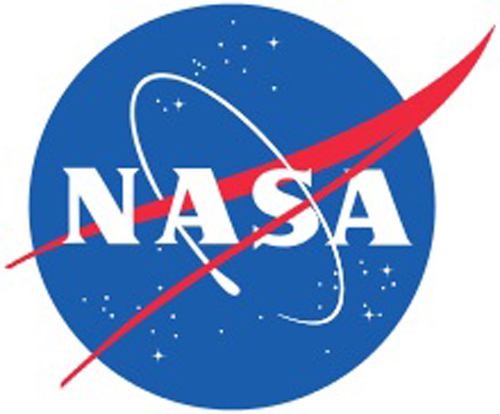
NASA selects proposals to build better solar technologies for Deep Space Missions
NASA’s future deep space missions will require solar arrays that can operate in high-radiation and low-temperature environments. Developing a new generation of solar power technologies that focuses on these attributes will improve mission performance, increase solar array life, and ultimately may allow solar-powered vehicles to explore deeper into space than ever before.
“These awards will greatly enhance our ability to further develop and enhance LILT (low-intensity low temperature) performance by employing new solar cell designs,” said Lanetra Tate, the GCD program executive in NASA’s Space Technology Mission Directorate. “The ultimate goal of increasing end of life performance and enhanced space power applications will greatly impact how we execute extended missions, especially to the outer planets.”
The four proposals selected for contract negotiations are:
Transformational Solar Array for Extreme Environments -- Johns Hopkins University Applied Physics Laboratory of Laurel, Maryland
Micro-Concentrator Solar Array Technology for Extreme Environments – The Boeing Company of Huntington Beach, California
Solar Array for Low-intensity Low Temperature and High-Radiation Environments, NASA’s Jet Propulsion Laboratory in Pasadena, California
Concentrator Solar Power Systems for Low-intensity Low Temperature and High Radiation Game Changing Technology Development -- ATK Space Systems of Goleta, California
Thirteen proposals were received from NASA centers, laboratories, research groups, and industry in response to the Extreme Environment Solar Power Appendix to the SpaceTech-REDDI-2015 NASA Research Announcement. Initial contract awards are as much as $400,000, providing awardees with funding for nine months of system design, component testing and analysis.
After completing the initial nine months, NASA anticipates a second phase, and may select up to two of these technologies to receive up to $1.25 million to develop and test their hardware during the second stage of the project. In the third and final phase of the project, one awardee may be asked to continue the development and deliver scalable system hardware.
NASA's Langley Research Center in Hampton, Virginia, manages the GCD program for the agency’s Space Technology Mission Directorate in Washington. During the next 18 months, the directorate will release more solicitations with the goal of making significant investments that address high-priority challenges for achieving safe and affordable deep-space exploration.
Support Our Journalism
We cannot do without you.. your contribution supports unbiased journalism
IBNS is not driven by any ism- not wokeism, not racism, not skewed secularism, not hyper right-wing or left liberal ideals, nor by any hardline religious beliefs or hyper nationalism. We want to serve you good old objective news, as they are. We do not judge or preach. We let people decide for themselves. We only try to present factual and well-sourced news.







